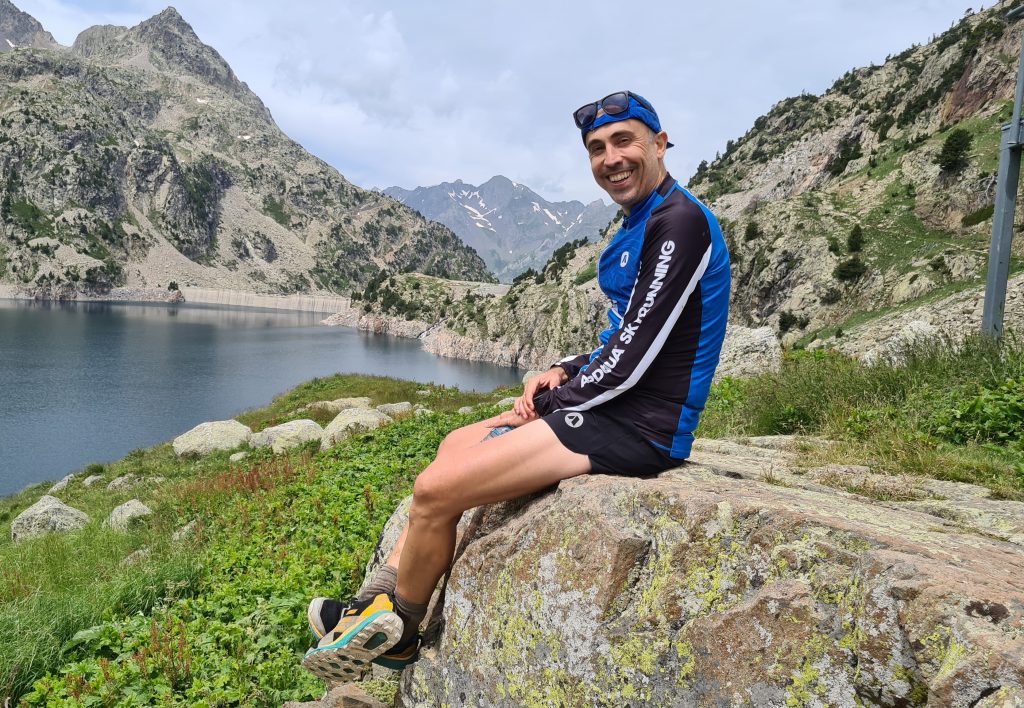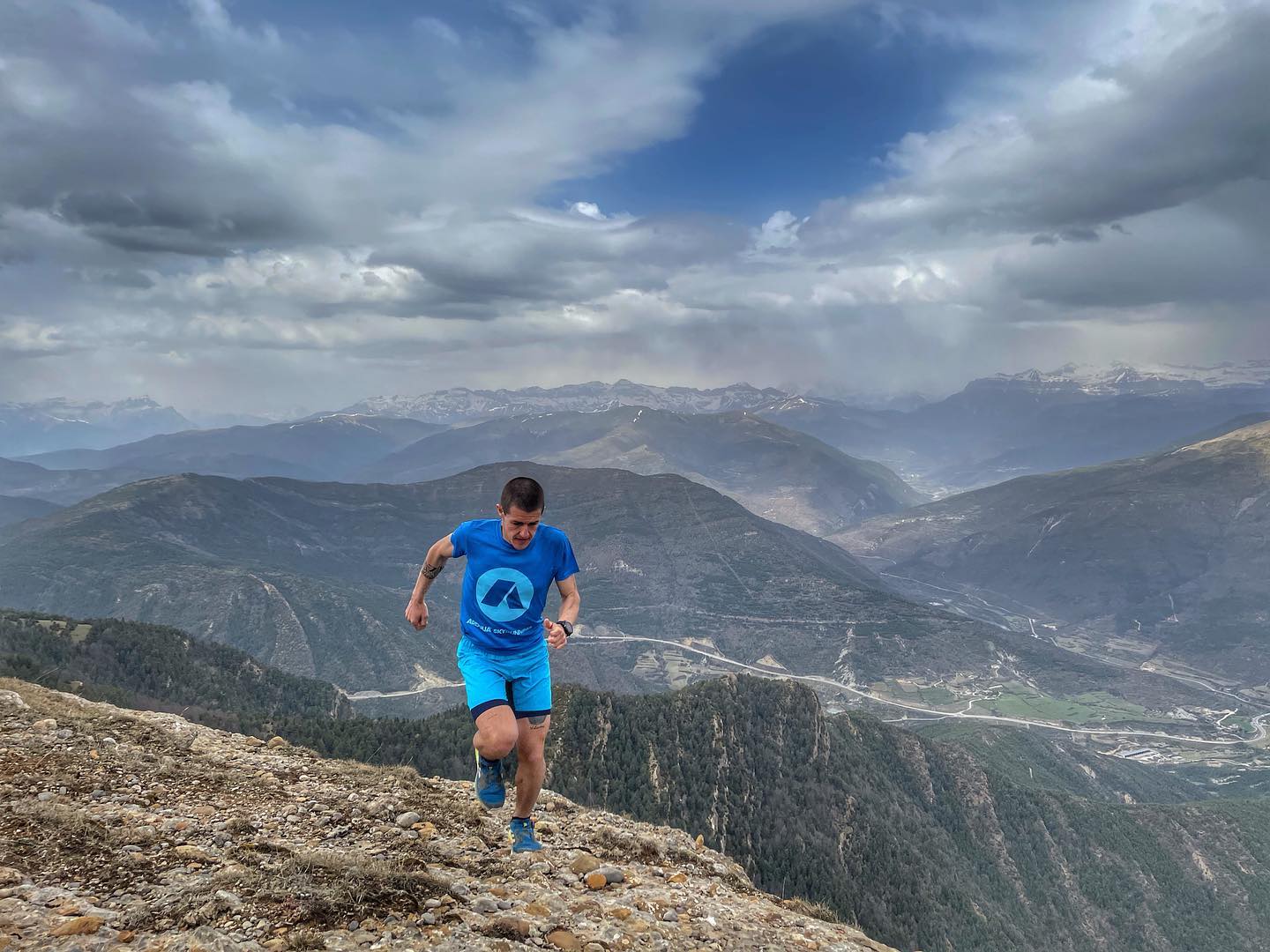PRE-SEASON TRAINING FOR MOUNTAIN RUNNERS
Improving an athlete’s fitness in the short-term perspective is easy. But, making a sustainable long-term training plan that holds year after year, with less injuries, better performance and more pleasure, takes more than that.
We are already in the middle of autumn in the northern hemisphere and many mountain runners are already in the transition between seasons or directly starting the preparation for a new sporting year.
Now our coaches are establishing the overall yearly plan with our runners and are putting a lot of work in making the very best pre-season training. Coach Fernando has written some words about it…
Blog by Fernando Armisén…

In this blog article I do not intend to tell any secrets about training for mountain runners, I intend to provide advice and content to develop in this first phase of a season that can lay a good foundation for everything that is to come in spring and summer.
We know that it is important to properly periodize training sessions and, more than periodization, the importance of working with different content throughout the course with the aim of reaching the competitive part in good physical shape to minimize the risk of injury and catapult the mountain runner’s performance in the competitive phase or phases.
Improving an athlete’s fitness in the short term is easy, however, to do it well in order to seek their health and maximum performance not only in the short term but also in the medium and long term (because I think we all want to run and enjoy our sport for the rest of our lives) and at those specific times of the year when we want to perform at our 200%, is not easy, and for this, a good periodization of the contents is the most important thing, I do not recommend taking shortcuts.
The pre-season, therefore, is that first part of the season without the stress and physical and mental fatigue of the main competitions but which is key to the sporting year, we will move from the most general, varied content and the most different stimulus to the most specific, we will move from health to performance… let’s talk about it a little!
Objectives of the pre-season
1. Foot/ankle
To improve foot-ankle mobility-stability and develop the athlete’s base strength.
2. Get adaptive for mountain running
TTo make runners more adaptive and richer in terms of motor patterns that can adapt at an arthro-muscular level to the enormous variety of different stimulus that the mountain will offer us all year round.
3. Building cardiovascular base
Create a consistent cardiovascular base on which we will develop specific physiological work to improve their capacity.
4. Working on weaknesses
Assess the athlete’s weaknesses at an arthro-muscular, physiological, and psychological level in order to work on them.
5. Running mechanics
To understand the athlete’s running mechanics and detect areas for improvement.
6. Establish main goals and competitions
Establish, at least, the types of main competitions (A competitions) that will mark the competitive part and the type of efforts at duration-intensity level where we are going to look for the best performance.
Content of the pre-season
In terms of training content, at Arduua and with our athletes, we divide the pre-season into two parts.
1. Basic period
First, we develop a very general phase in which the main objectives are to improve the physical condition and basic cardiovascular capacity of athletes who normally come after a period of rest or transition with a very low training load after the previous season. Here, it will be important to work on the athlete’s arthromuscular weaknesses, general strength and different movement patterns as well as specific training of the structures of the foot and ankle, key structures in the mountain runner in the direct transmission of forces with the natural environment.
When we talk about working on weaknesses, we are talking about the importance of knowing the athlete …., knowing what their running technique and mechanics are like, how developed their thresholds are, how fit they are and their training history, knowing if they are in a healthy range of joint mobility and strength and stability in the lower body for a cyclical sport such as running. This is why at Arduua we make the welcome week test when we start with an athlete, a fundamental part. Only with this complete 360-degree vision of the athlete will we be able to approach the training sessions looking first of all for health as the main factor of what will later become performance. Please read more about it in Coach David’s Blog post How to build a succesful Yearly Training Plan>>.
2. Base-specific period
In this second period of the pre-season, we will go for a phase with a content that is already more specifically directed towards the cardiovascular development of thresholds and maximum oxygen consumption, increasing the volume of training according to their future goals progressively, working on improving tissue tolerance, development of maximum strength and core strength training (CORE).
Tips for a successful pre-season
1. Combine different activities
Have fun, enjoy, combine activities that you like … it is not the time to think only about running….we are at a stage where cross-training can be a great ally. They will help us to remove impact and to be able to progressively increase the volume of training alongside running in order to develop a great basic cardiovascular capacity on a physiological level.
In addition, at a motor level, they represent an infinite richness for the athlete for the rest of his or her life. Developing other sporting gestures and another way of training the arthro-muscular system which, however, can be metabolically complementary if, for example, we combine running training with other endurance disciplines such as cycling, ski mountaineering or cross-country skiing, and also have other outdoor sporting disciplines in accordance with the season of the year in which we find ourselves can be more motivating and sustainable.
We will thus have more complete and richer athletes at a motor level (and therefore more difficult to injure in later stages), which is another of the main objectives of this phase. In this phase the more social training sessions in groups and at aerobic intensity make all the sense to also add to this need to socialize that most of us have as human beings.
2. Foot-ankle training
As we know, the impacts and forces in running enter and are transmitted through the feet at the moment of contact and impulse in mountain running. A strong foot with an adaptable and versatile intrinsic musculature will be a guarantee all season long. Here it is time to work on the strength and stability of the foot and ankle. As we said in the previous section, combining different activities and types of contacts, with different bases of support, will help to achieve a much more complete development of the feet. Also combining different types of shoes and even barefoot activities in a controlled manner can be excellent stimulus for our feet as small differences in activation and muscle synchronization by slightly changing the surfaces/types of contact will help us to develop a more adaptive and versatile foot.
3. Functional strength training
Functional strength training is a content that I love for this phase. Polyarticular movements with free weights where stability and strength are developed in parallel looking for that motor richness of a future complete and versatile mountain runner.
4. A good time to set goals and objectives
The pre-season is the perfect time to set a calendar with clear and coherent objectives for competitions or challenges, both main and secondary or auxiliary. In addition to the main races (A’s), it will also be important to establish some secondary B’s competitions properly scheduled in the calendar to act as a catalyst and ensure that we reach the A’s in peak form and with all the details well trained and tested.
5. Working on details, without needing to worry about results
Throughout a training process, it is never the time for training that involves giving everything and ending up exhausted and with an uncontrolled fatigue that is too high… and even less so now at the beginning of a season. You should always keep something in reserve. This is the time to complete workouts and add up work content without worrying so much about pace, elevation, power, …… It is the superpower of the little things we do every day that makes the difference to the whole year and especially during a good pre-season, not the big beatings and extreme workouts that only lead to fatigue peaks, difficult recoveries and in the end little consistency with the training plan.
6. A good time to perform a stress test
Any time is a good time to check the health of your heart and how it responds to effort through a stress test or max test, but what better than during pre-season to start the sporting year with the necessary guarantees and confidence.
In short, a lot of enjoyment, looking for versatility, trying new disciplines, motor richness, working on your feet and ankles, planning important objectives… these are just some of the aspects that a good pre-season should contain for a mountain runner.
Learn more…
If you like to learn more about our training methodology, and how we train specifically for Skyrunning, Trail and Ultra-trail, please check out How we train >>.
/Fernando Armisén, Arduua Head Coach


